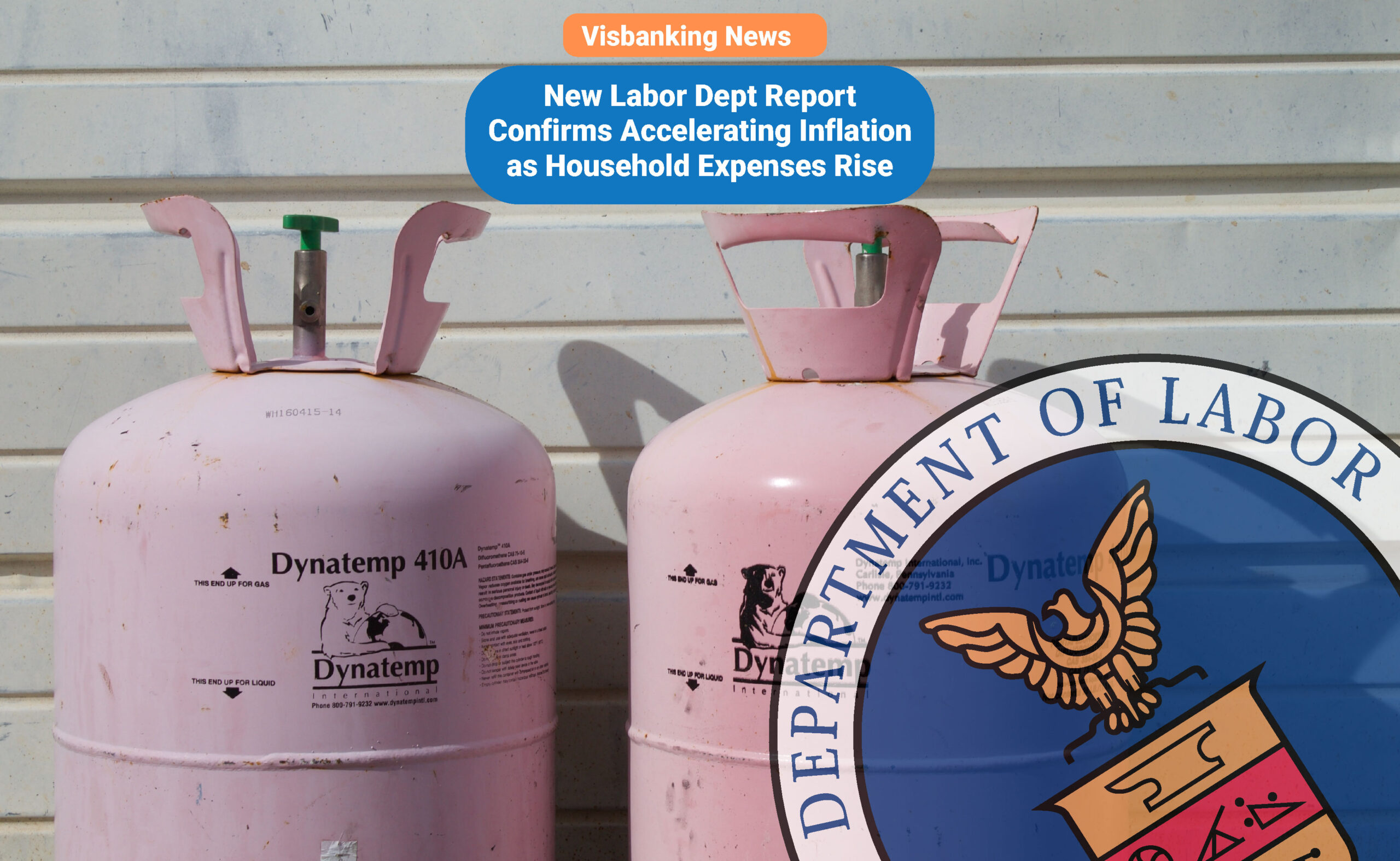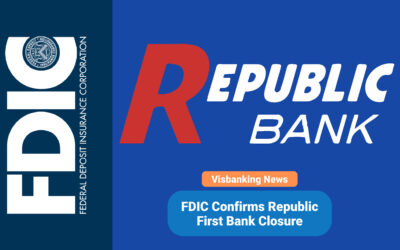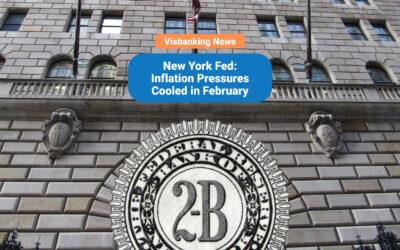The Labor Department reported on Wednesday that the nation’s inflation rate had unexpectedly jumped in August. According to officials, the accelerating inflation was prompted in large part by a roughly 10% surge in gas prices last month. Overall consumer prices reportedly increased at an annual rate of 3.7% in August, up from July’s 3.2%
What’s driving the accelerating inflation?
While increased gas prices accounted for more than half of the August rise in consumer prices, other goods and services impacted the numbers too. Prices for shelter continued to rise, while food costs increased by another 0.2%. Meanwhile, core CPI – a measure that excludes food and energy, increased by 0.2% for the second straight month.
As gas prices began to accelerate in August, experts cited heat-related slowdowns in refinery capacity as a major cause. Major cuts in production from OPEC+ also helped drive the increased cost. The accelerating inflation could pose further risks to the Fed’s inflation fight, though. High gas prices directly impact the cost of other goods and services – especially those that need to be transported.
Expectations for Federal Reserve action
The latest news on rising prices comes as the Federal Reserve prepares to meet next week. Many analysts expect policymakers to hold the line on current interest rates at that meeting. However, the unexpected surge in prices likely motivates the Fed to keep another potential rate hike on the table. If prices continue to rise above expectations in the coming months, they may feel that they need to hike rates again.
Meanwhile, some media reports focused on the slowing increase in so-called “core prices” which advanced by only 0.3% in August. However, that news is likely to provide little comfort to the average American who has seen the prices of essential goods like food, energy, and shelter steadily increase for much of the last two years. The current accelerating inflation will only contribute to that economic pain.




